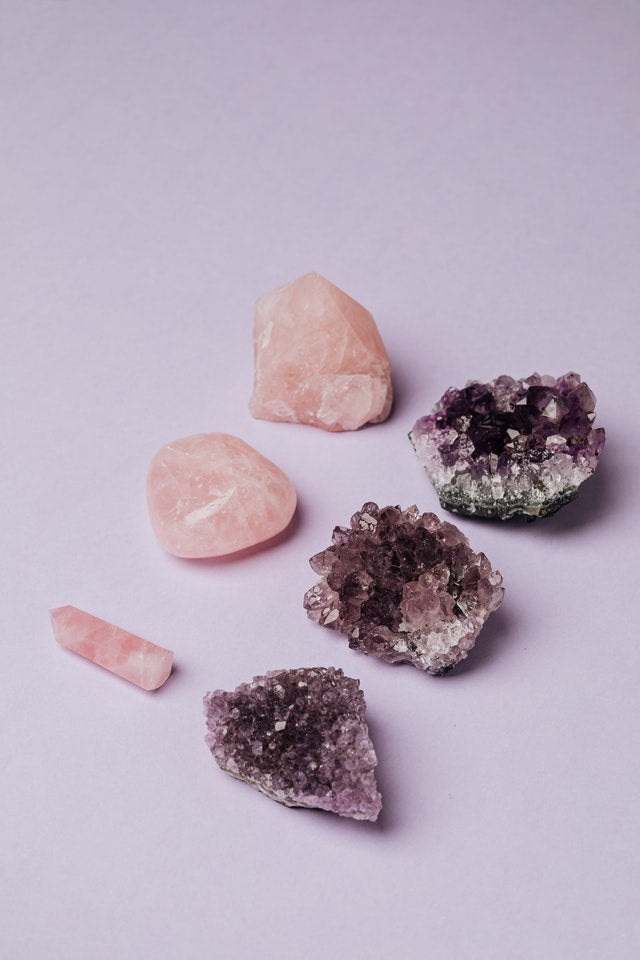For visitors interested in culture, evolution of societies, art, and history---or are simply wanting to kill a little time--- there are several museums in downtown San Jose that offer a glimpse into the lives of those who came before us.
Two of them, each right in the heart of downtown San Jose, and within easy walking distance, provide insight into two seminal epochs involving dramatic changes in culture, ritual, and myth.
1. The Jade Museum
Housed in the Instituto Nacional de Seguras, the tallest building in San Jose (it's downtown), is the world's largest collection of pre-Columbian jade, with carvings---some quite intricate--- dating to 600 B.C.
While it's known that the earliest humans in Costa Rica arrived about 12,000-14,000 years before Columbus, at a time when mastodons, mammoths, sabre toothed cats, and ground sloths the size of elephants roamed this little country, jade appears to have been little more than just another pretty rock until intricate jade carvings seemingly burst onto the scene almost overnight (figuratively).
Its arrival represented a seminal, dramatic change in culture and belief systems involving ideology, religious rituals, and material culture. Interestingly, the vast majority of the carvings depict animals, not humans, suggesting perhaps a mythic and power bestowing symbolism.
2. The Gold Museum
The Costa Rica Gold Museum is located right next door to the National Theatre but you can walk round-and-round and never see it because it's underground! Seems that space is a bit limited downtown and, since a little public plaza was already extant, the only place left was below it.
To get to it, simply find the National Theatre, go around to the street behind it, and look for the Gold Museum.
Just as the jade carvings' sudden arrival (over just a few centuries) dramatically transformed the culture and belief systems of the tribes of Costa Rica, the arrival of gold about 400-700 A.D., represented another dramatic shift in material culture.
In a figurative historical "blink-of-an-eye" jade was replaced by gold as the preeminent valuable material. Carvings (jade) was replaced by metallurgy (gold).
That value, however, wasn't thought of as financial or commercial in nature (in contrast to the Europeans then and the world today).
Instead, the peoples of Costa Rica viewed gold as something valuable enough to give them insight into the world beyond, a look into the cosmos, and the figures they created upon mastering metallurgy were symbols of supernatural deities.
Of course, jade wasn't the most important material one day and replaced by gold the next. The transition involved an overlap of time as gold was incorporated into a preexisting, age-old, world of culture and ritual until, ultimately, the old ways of thinking and belief (represented by jade) were replaced by newer thought and belief systems (represented by gold).
Certainly, most people who visit either museum do so to enjoy the beauty and wonder of the art, not to think about why these objects were created or how they not only reflected culture but influenced it.
But, at the end of the day, simply admiring beauty may be more than enough.

